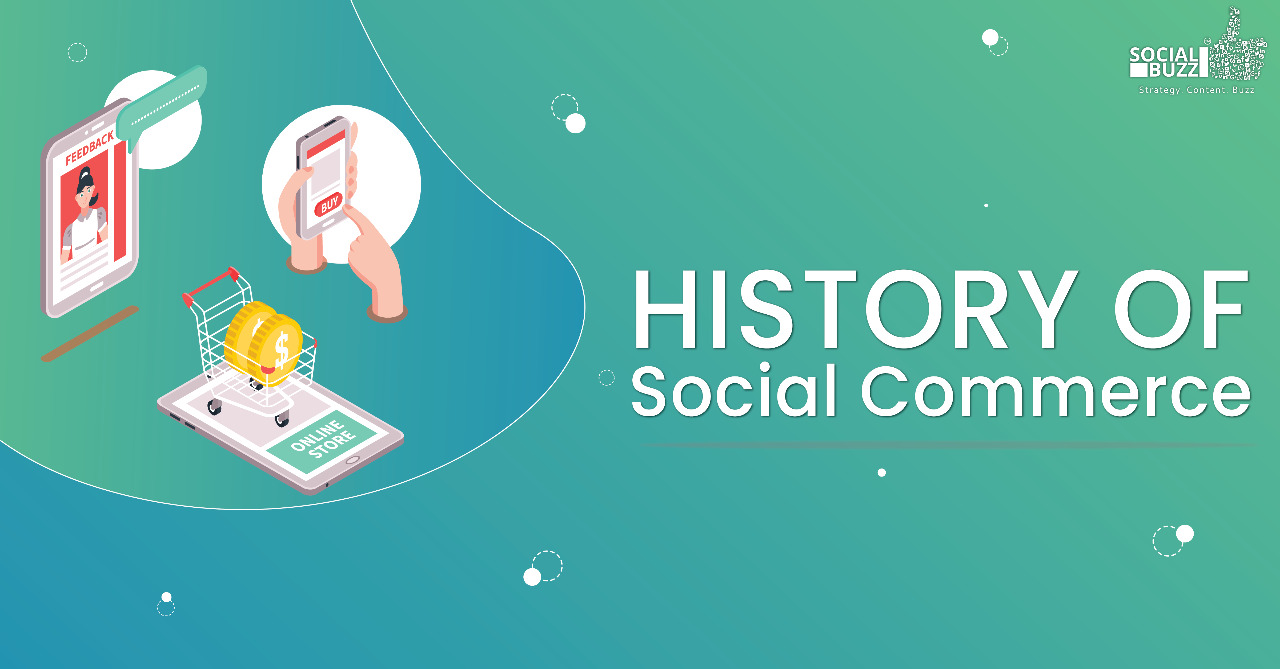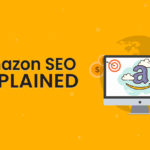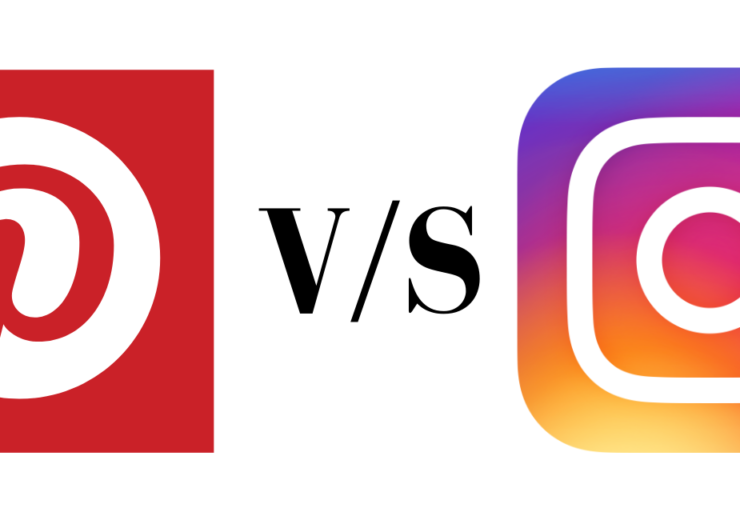History of Social Commerce

Today more brands than ever are drawing in fans and selling items on Facebook. Social commerce is booming. Now you must be wondering how did we get to this point?
The reason why Social Commerce is fruitful can be found by taking a look at its history. Social Commerce is a perfect case of versatile selling. Prior to the innovation of the internet, sales were mainly conducted using the telephone, catalog services, door-to-door calls, or via brick and mortar shops. It was broadly acknowledged that salespersons needed to head out so as to garner exposure for their brand and target as many potential customers as possible. They brought the business procedure to the rooms of their possibilities since that was what was generally helpful for the buyers, and what might in this way bring about more accomplishment for the salespersons (and consequently their brand).
Now, you must be itching to know about the history of social commerce. Well, this why we are here!
Let us together have a brief look at the evolution of Social Commerce.
The History of Social Commerce
Social commerce is the latest digital marketing buzzword. However, it’s not a new concept. It’s been tested and refined for quite a while by most of the large social networks. Here’s a little history lesson by the social network.
Facebook Social Commerce:
Facebook, no doubt has been the biggest of all the social media channels. With over billions of active users, there’s a huge potential audience to leverage.
And as the biggest player, you’d be right to think they’ve ventured into social selling multiple times. What’s more is that Facebook has toyed with the idea of social commerce multiple times by adding, modifying features.
Feb 2007: Facebook does a virtual gift test that allows/enables individuals to purchase presents for friends and loved ones. Gifts were limited to being used and displayed on the network though.

May 2007: Facebook marketplace opens permitting you to offer things to those within your network.
July 2009: 1-800-Flowers.com begins selling through Facebook leading to different brands setting up Facebook stores (Pampers, Disney).
July 2014: Facebook tests the buy button, permitting brands to sell to individuals without them leaving Facebook.

March 2015: Facebook turns out instalments through Messenger (however, it’s only for splitting bills and payments with friends)
July 2015: Facebook took out the main test for shoppable pages.
2018: Facebook dispatches Facebook Marketplace, a contender to Amazon, Etsy, and Google Shopping.
Those are the significant advancements with Facebook’s Social Commerce endeavors. There have been a couple more in later history, yet the above mentioned were the most important to know.
For now, let’s look at Instagram.
Instagram Social Commerce:
Instagram is one of the most promising platforms with regard to social selling methodology. It has been the most potential social media platform.
The only concept is if you can make your product the feature of those media offerings, you could see some great engagement. And, if you can turn that engagement into quick and easy sales (through social shopping), you’ll be the boss.
Being a more youthful network than Facebook and one without the same number of social selling tests, there’s still been a decent effort to create a social shopping experience through the platform.
June 2015: Instagram Shop Now button was introduced. Taking a leaf out of the Facebook playbook, Instagram includes a buy now button for brands.

November 2016: Instagram implements product tags so users can quickly identify the products they see in ads and their prices (rolled out to a limited number of brands).
October 2017: Shopify and BigCommerce integrations open the possibility of selling through Instagram to thousands of other merchants using Instagram Shopping.
March 2018: Instagram’s Shoppable Posts go live giving brands the ability to tag items in organic posts which, when tapped, brings up a new page which leads to a checkout.

Twitter Social Commerce:
Twitter is the most peculiar out of the many social media platforms. Until 2017 they’d never made a benefit. With an absence of income, you’d think they’d hop straight into the universe of social commerce, yet they’ve been dragging their heels a bit. When they have made a move, they’ve not stood by some time before turning their social selling methodology and concentrated more on Twitter Ads.

Here’s how their forays into online shopping breaks down.
April 2010: Twitter offers its first feature that could help eCommerce business brands – the sponsored Tweet. This would later develop into a set-up of paid promotions.
September 2014: Twitter presents the buy now button permitting the sale of specific items directly from Tweets.

January 2017: After extending the buy now button, Twitter eventually decides it’s a pointless endeavor and fades out the feature until it no longer exists.
Pinterest Social Commerce:
Pinterest is a lot of like Instagram in that it’s loaded up with content that is, visually appealing.
You can also read out our blog Instagram v/s Pinterest to understand the difference between the two platforms.
Showcasing your items with magnificent pictures should assist you with getting some respectable reach. Furthermore, with the correct tools, you could see that engagement transforms into deals.
June 2015: Pinterest offers its unique adaptation of buyable pins permitting a chosen few brands to add a buy button to their pins.
March 2016: Pinterest increased the partnership for buyable pins making it accessible to considerably more brands.
June 2016: A shopping cart was added to make it simpler for customers to purchase numerous items from various providers in one go.
The future of Social CommerceThe shopping habits of consumers have evolved over the ages and will continue to evolve moving forward. Now, more than ever, consumers are looking for synergy between social and physical shopping. Customers are constantly looking for ways to save time and improve their shopping experiences, so convenience and engagement are key. Social commerce combines both of these factors seamlessly, and the process will only continue to be refined.
Now it’s your turn
What do you think? Is Social Commerce necessary for brands to adapt in order to be successful in today’s marketplace? Are there types of businesses that social commerce isn’t suitable for? Where do you think this new era of shopping will lead us?
Share your experience and knowledge in the comments box below.
If you liked this article, then follow us on Facebook, LinkedIn, Instagram, and Twitter for the latest posts on Digital Marketing models and methods. Also, subscribe to our YouTube and Spotify channel for more updates.
About the author:
Shilpa Khatura is a Delhi University student, full of creative ideas and very passionate about dancing. With a friendly smile on her face, she can put you at your wit’s end with ease! She has been honing her Marketing and Communication skills for the last few years since her elder sister gauged her interest in the field of Marketing. As a Digital Marketing Executive at Social Buzz, Shilpa takes an active part in strategizing marketing campaigns and executes them to perfection!
Source:
https://techcrunch.com/2007/02/07/facebook-testing-virtual-gifts/





This was such an interesting timeline for social media! Thank you so much for sharing this!
Kileen
cute & little
For me yes social commerce is necessary for brands to adapt in order to be successful in today’s marketplace. I know many of my friends with the help of Instagram they are selling their products. And even they dont have any websites.
I didn’t know much about this so this has been an interesting read! Thanks for sharing this informational article with us!
I’d like to learn more about Facebook, in terms of social commerce! I feel like it would be an excellent platform to capitalize on in order to boost website sales!
oh! I had no idea that you can shop through Instagram! I will check it right away! Thank you so much for bringing this to my attention.
I think it’s great and I’m loving this era of social commerce cuz it makes lives a lot easier than before.
Love the post, Very informative. Facebook has been one of the popular social commerce
Super interesting. I love learning about history. Really informative
Really interesting to read the history behind the social commerce we see nowadays!
Love all the information.
I’ve been educated thoroughly, thanks for this a lot!
This is such an informative post on social commerce. I have seen my friends selling services/products on Facebook and Instagram and the platforms are helping them indeed!
A lot of people don’t understand that it’s very important to read the history of something to know how it started. This way, you can maximize the full potential of a possibility. It’s the same with social commerce.
I’ll be honest I had zero knowledge about the history of social commerce, it was so interesting. I would love to know more..